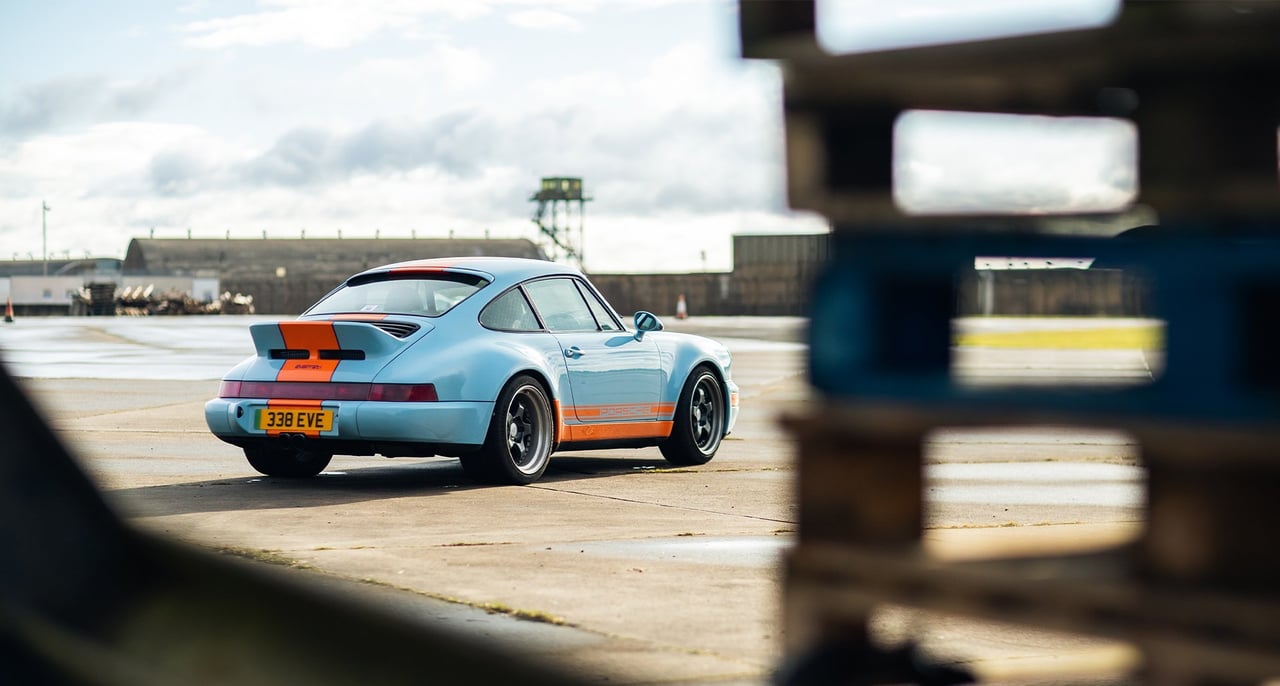
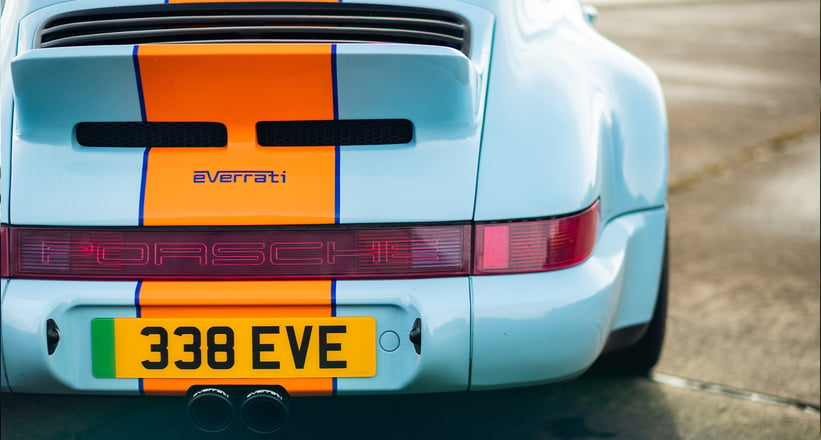

In some ways I wish I had never heard of Everrati. For the past 16 years I've eulogised to anyone who would listen about the wonders of my 1981 Porsche 911, a 'cooking' model without Fuchs wheels, whale tail spoiler, or any of the other 'Sport Pack' options. It hasn't even got leather seats but 'berber' wool ones and, worst of all in the eyes of many a purist, it's a Targa.
I bought it after looking at plenty of 911s in my price range that had the 'right' specification, but they were all very much in the 'wrong' condition. My car was officially the wrong specification, but it proved to be in the right condition and has rewarded me with more than 50,000 miles of fabulous driving.
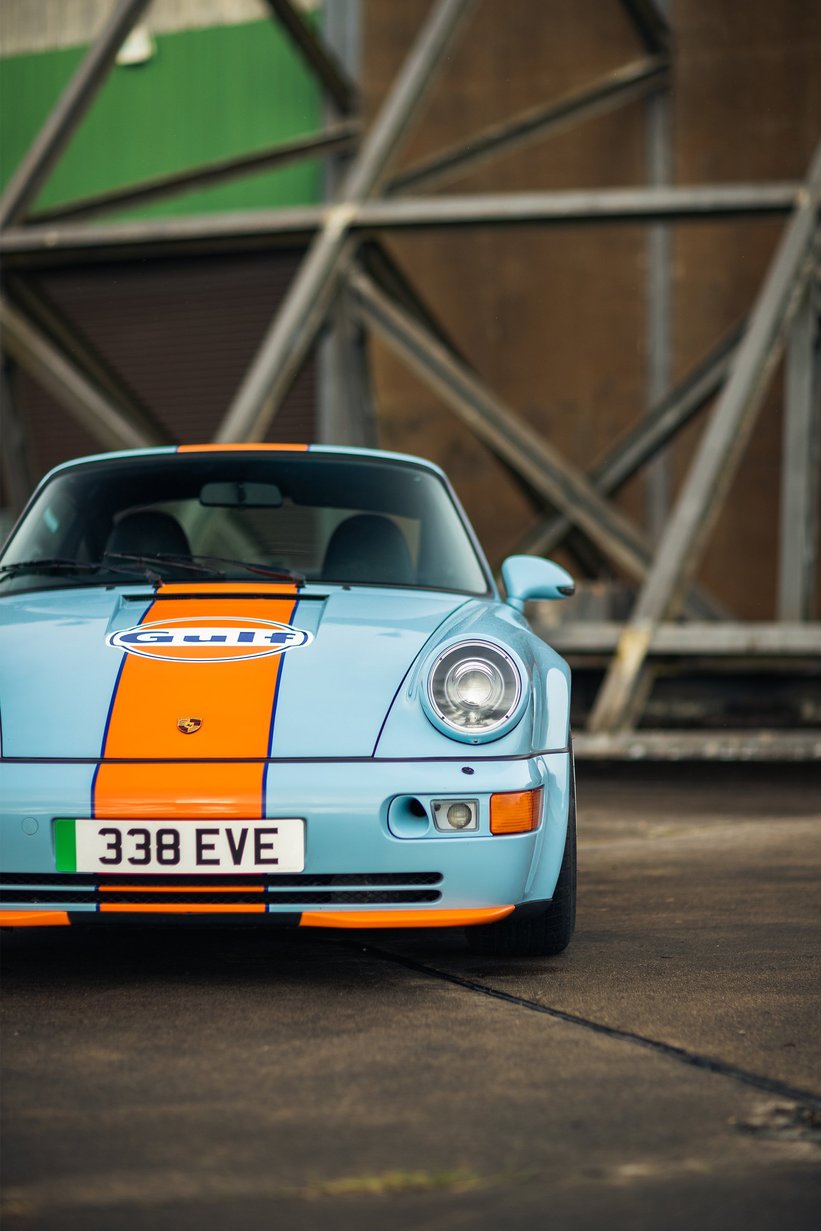
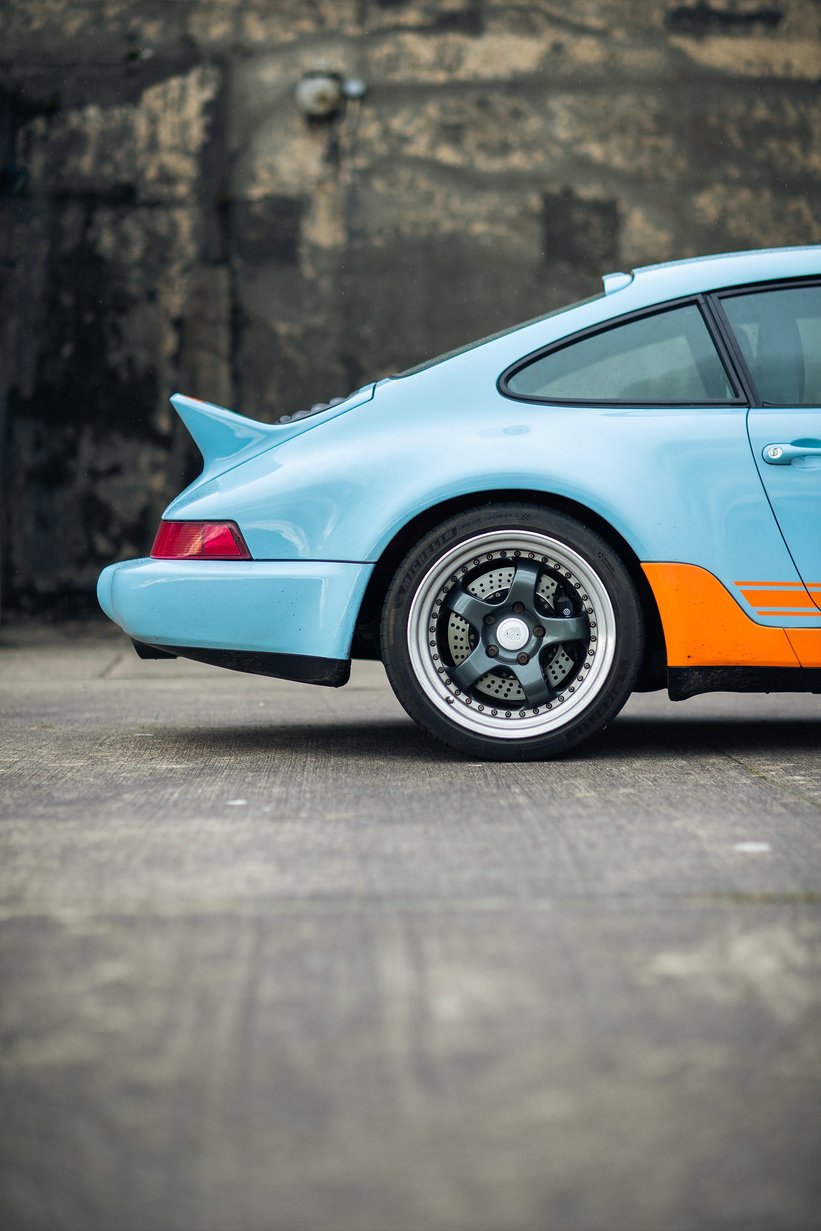
Make no mistake, I love it. And, with its screaming flat six engine, decent fuel economy, superb build quality, 'occasional' rear seating and that versatile Targa top, I concur with the answer given by German industrial designer Dieter Rams when he was asked why he drove a 911: "Simply because it is the most efficient means yet devised to travel from A - B by road". And, having been fortunate enough to have piloted many a 21st century supercar, I still think my 911 is perfectly quick enough in the 'real world'.
Or I did until last week. That's when Everrati founder Justin Lunny invited Classic Driver to get behind the wheel of the 'restomod' 911 964 Carrera 2 pictured here, which dispenses with the standard, 3.6 litre petrol engine in favour of a single electric motor that produces the equivalent of around 500 bhp and 500 Nm of torque from, er, zero revs.

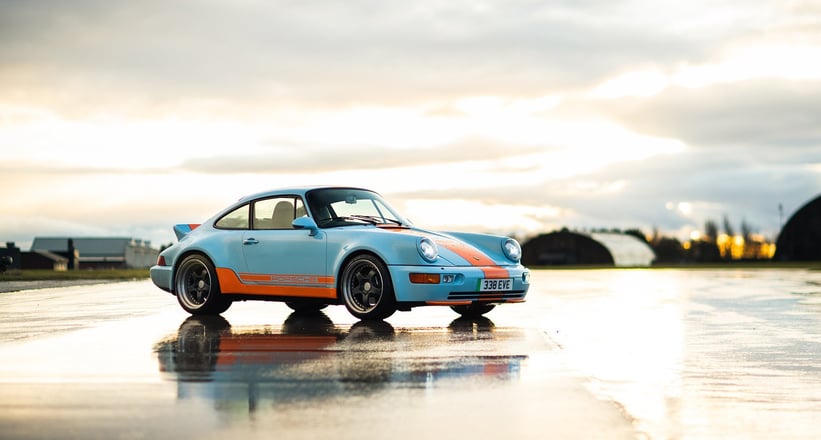
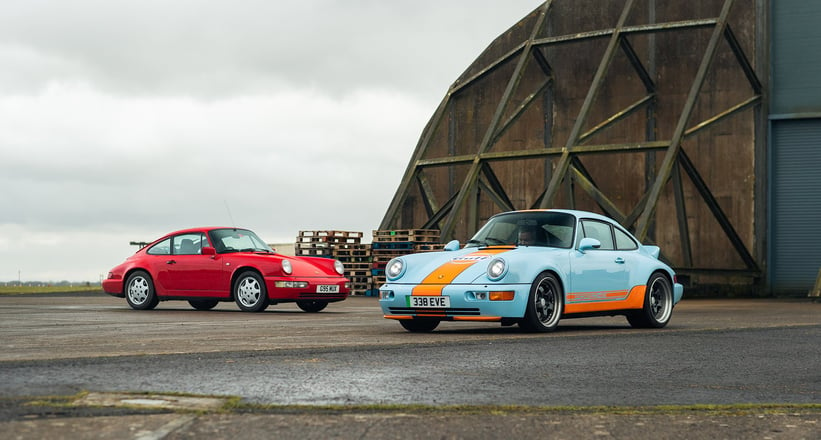
Along with a few other fledgling businesses in the vehicle electrification world, Everrati HQ is at the former Upper Heyford RAF base in Oxfordshire, which later became the home of America's European F-111 strike force. When the USAF departed in 1994, however, they left behind the vast 'hardened' aircraft shelters that had housed the planes (in one of which Everrati is now based) and, usefully, a couple of three-mile runways that lend themselves perfectly to a spot of automotive drag racing.
Much is made of how quick off the mark electric cars can be, but in the spirit of a true comparison we brought along friend of Classic Driver James Edgerton's nicely preserved, entirely standard 964 C2 which - despite having covered more than 200,000 miles - remains every bit as swift as any ICE-powered 911 should be.

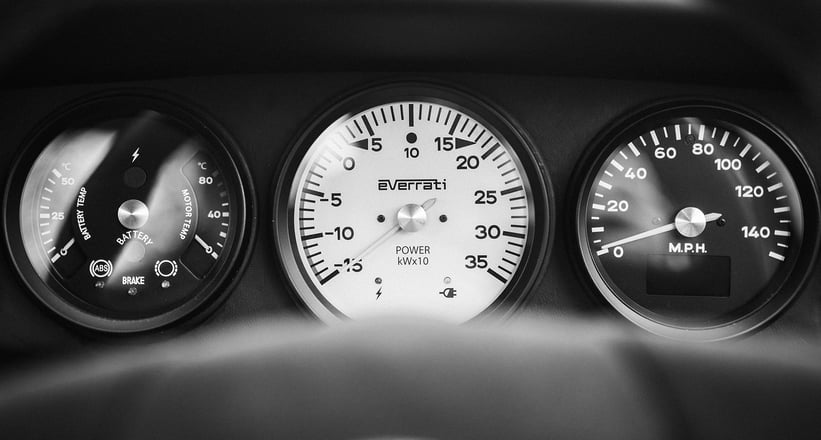
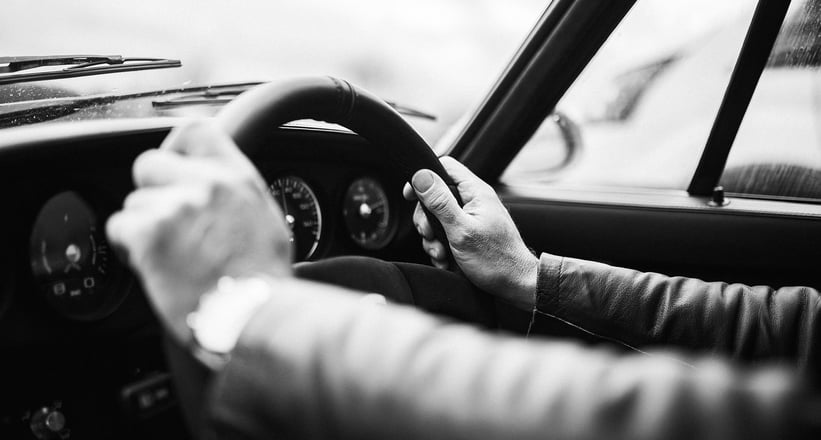
Sitting on the start line in the total silence of the Everrati version, I had anticipated a certain amount of side-by-side action on take-off before the electric car edged ahead. In reality, the contest resulted in what can only be described as total annihilation of Edgerton's 964, which he had barely got into second gear by the time the Everrati was 400 yards up the runway.
To describe the acceleration as 'blistering' is entirely fair - but the Everrati 911 is about a whole lot more than simply being able to go fast in a straight line by swapping petrol for electricity, because it has been meticulously developed from the ground up with all the attention to detail that would be expected of an OEM vehicle.
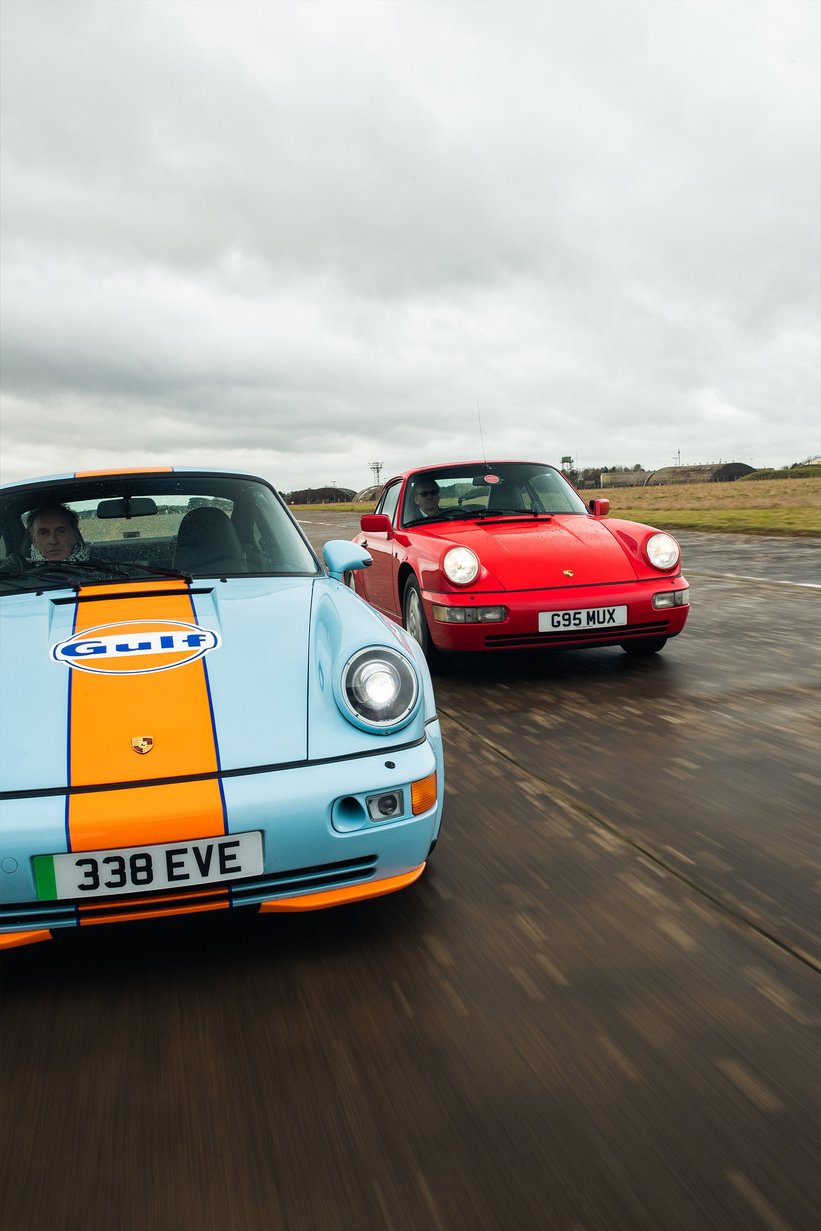
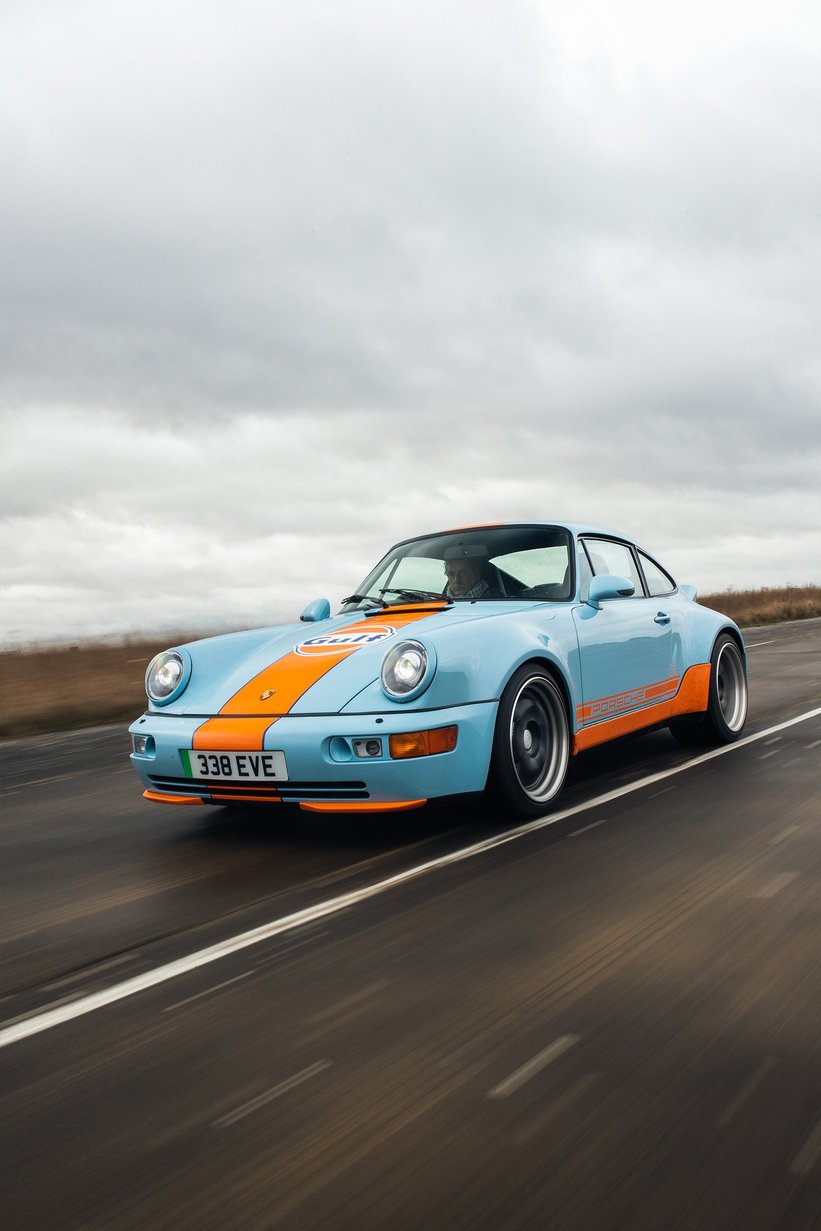
Windsor-based Lunny's decision to found Everrati in 2019 (originally called Ionic before Hyundai complained that it was too close to its own 'Ioniq' model) stemmed firstly from seeing the electrified Jaguar E-Type 'Zero' in which the newly wed Prince Harry drove his bride away from Windsor Castle the previous year.
Although already harbouring a belief that something technically better could be achieved, Lunny - replete with ample funds from a stellar fintech career - was further moved to establish his own electric car business by his young daughter's anxiety about the future of the planet.
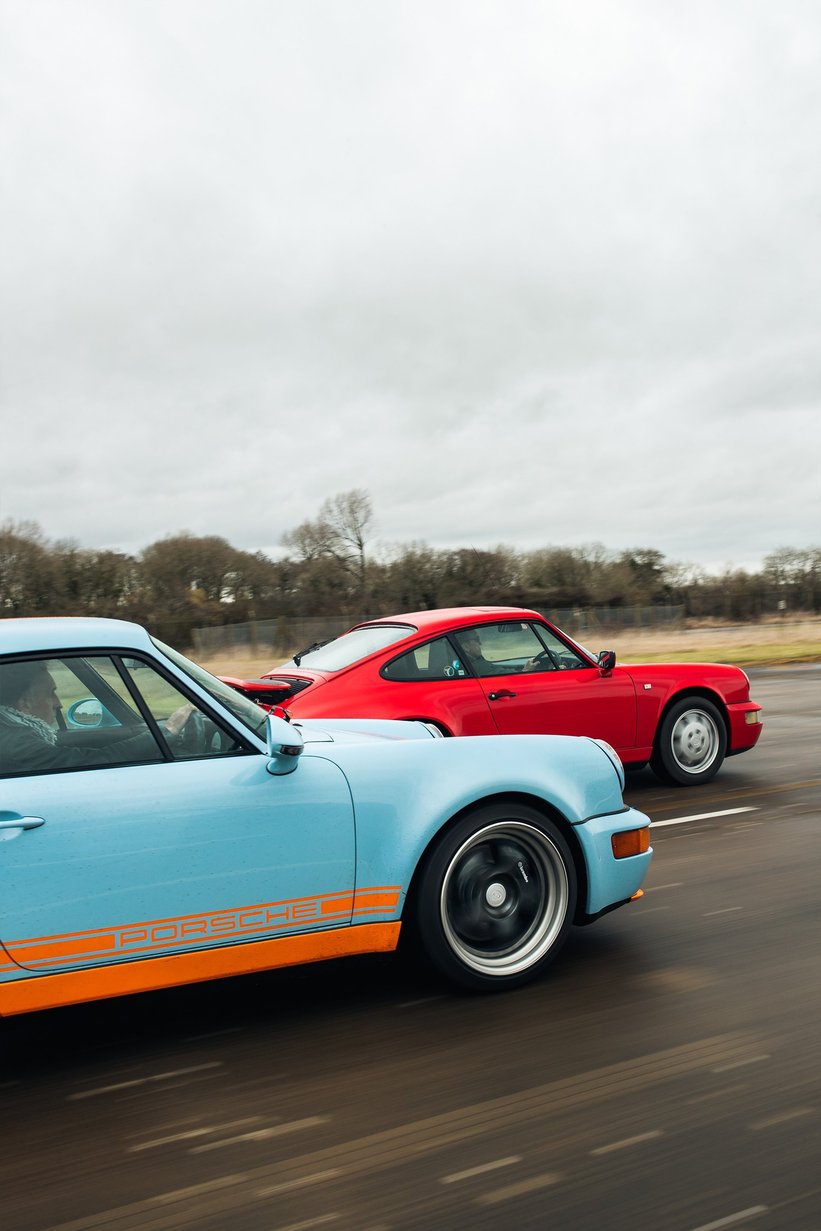
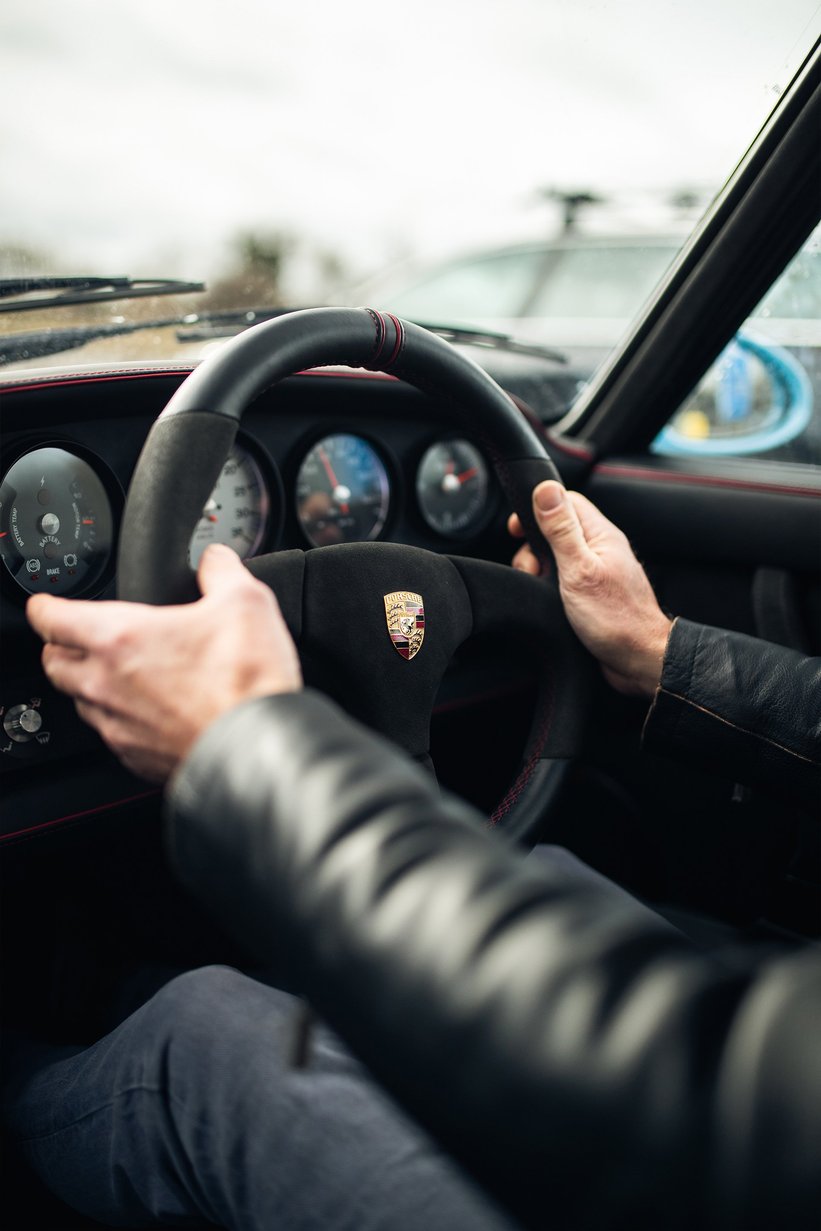
And, as a mark of his intent, he hired none other than Mike Kerr as director of engineering - a long-standing 964 owner with an impressive automotive CV that ranges from working for Cosworth Racing during the mid 1990s to more than five years as head of powertrain and drive line at McLaren, after which he spent two years with Lotus developing the all-electric Evija.
Kerr's decision to join Everrati gives the project considerable kudos and, he told Classic Driver, one of the aspects of the business that appealed to him was that it aims to do the job properly. "The whole ethos is about getting the development absolutely right before putting the cars into full production - we have adopted an OEM process," he explains.
"Unlike many firms that are converting cars to EV, we haven't gone down the route of using second hand Tesla batteries but have developed a base powertrain using brand new battery modules and a single electric motor with an integrated inverter and its own, bespoke control unit. We've got a torque-biasing differential to improve traction and separate cooling systems for the motor and the battery packs, with heat exchangers built-in to the car's rear bumper.

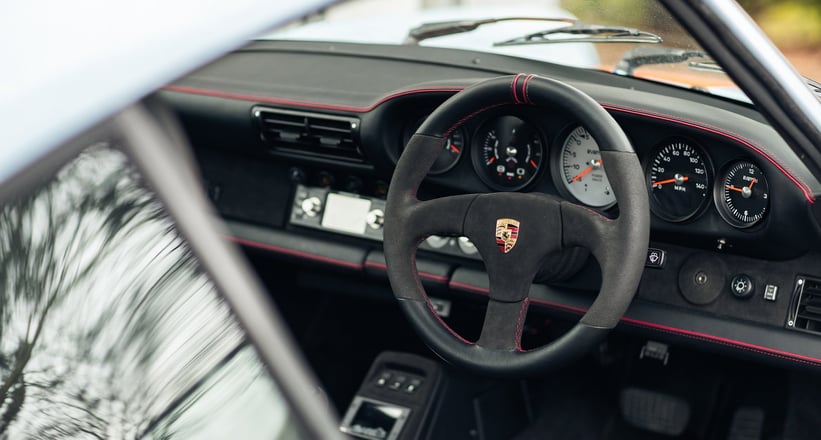
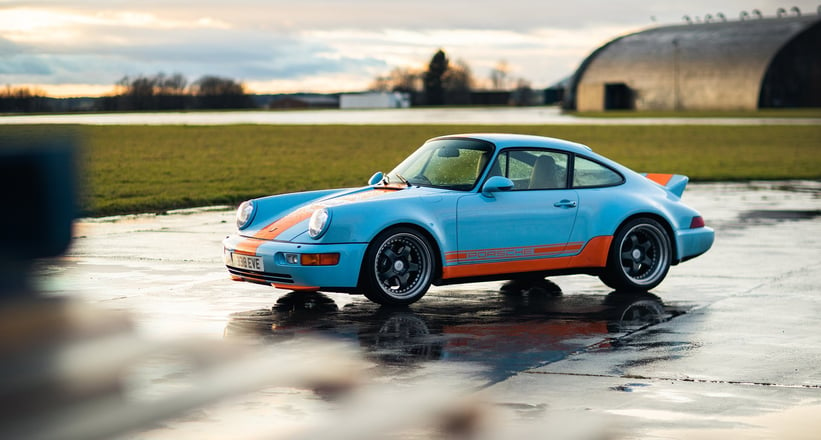
"The aim has always been to maintain a lot of the 911's analogue feel, and by fitting 16 battery modules in the back and eight in the front we've replicated the 60-40 weight split so the car drives and handles very much like the original. Essentially, we've given it a heart transplant but maintained its original character."
And, having driven the Everatti 911 on B roads, A roads, in town and on motorways - as well as on that hooligan-friendly three-mile runway - I can honestly say that it not only matches the traditional 911 experience, but even enhances it..
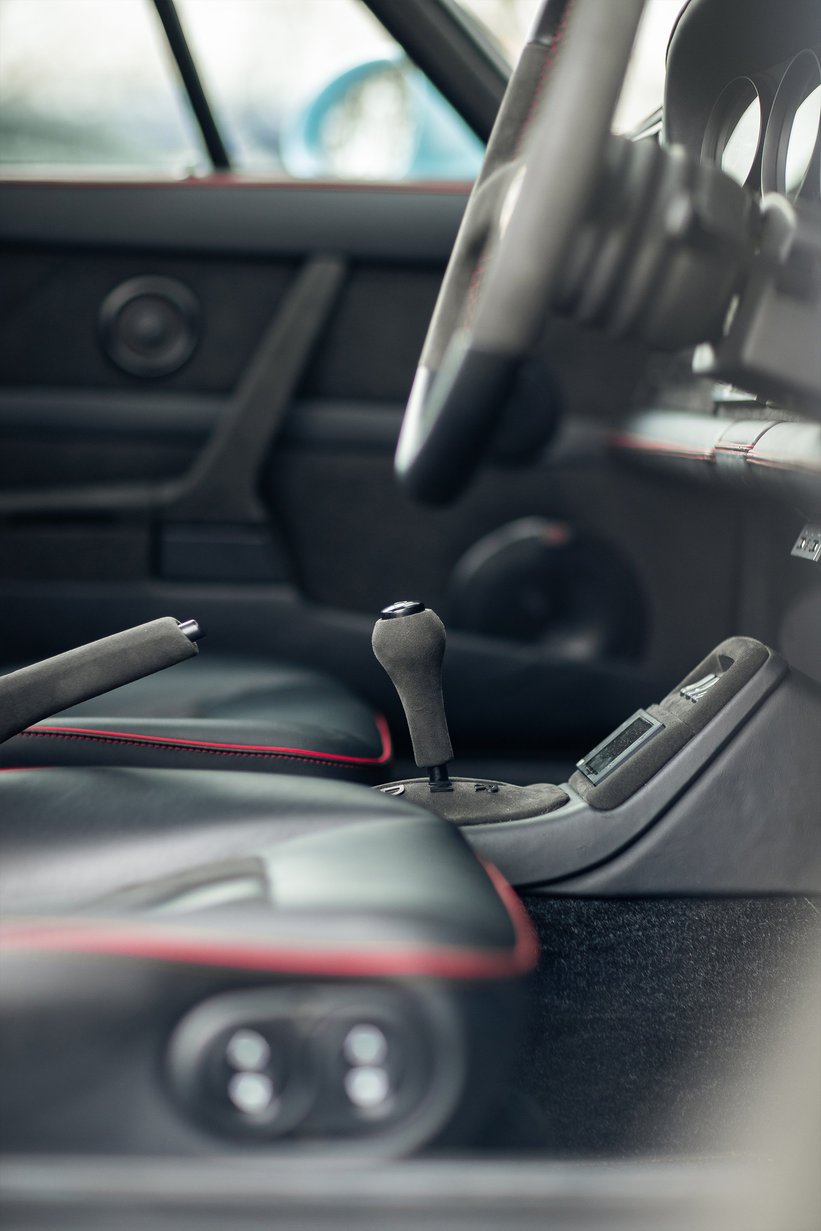
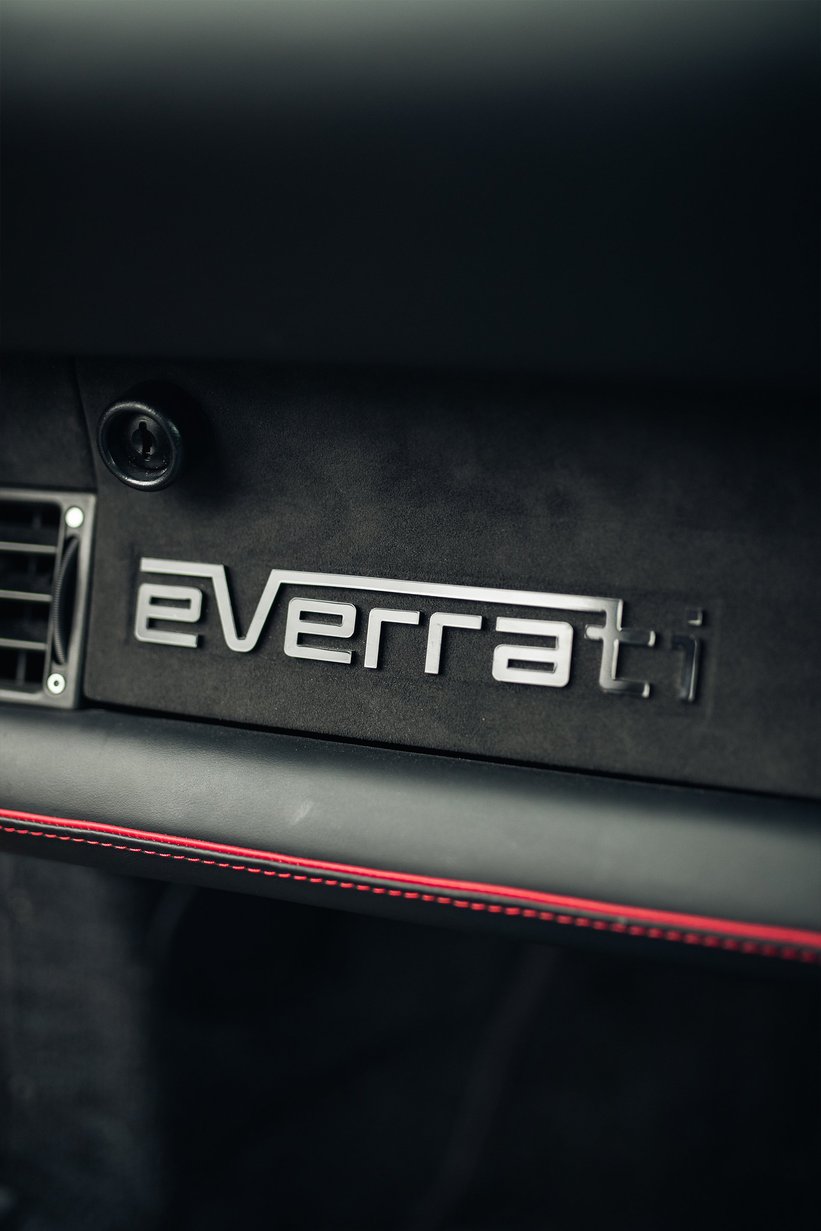
At roughly £250,000 - or £200,000 for the 440 bhp 'Pure' model - plus the cost of a donor car (which Everrati must approve as being suitably sound before commencing a conversion) it's not exactly cheap . But the end result should be an electric 911 for life which offers a realistic range of up to 180 miles between charges that cost around £8.50 a time.
The large majority of the cost is accounted for by a meticulous restoration process that results in an effectively as-new bodyshell and upgraded running gear, with the electric powertrain and its installation absorbing around £60,000 - 70,000 of the overall price.
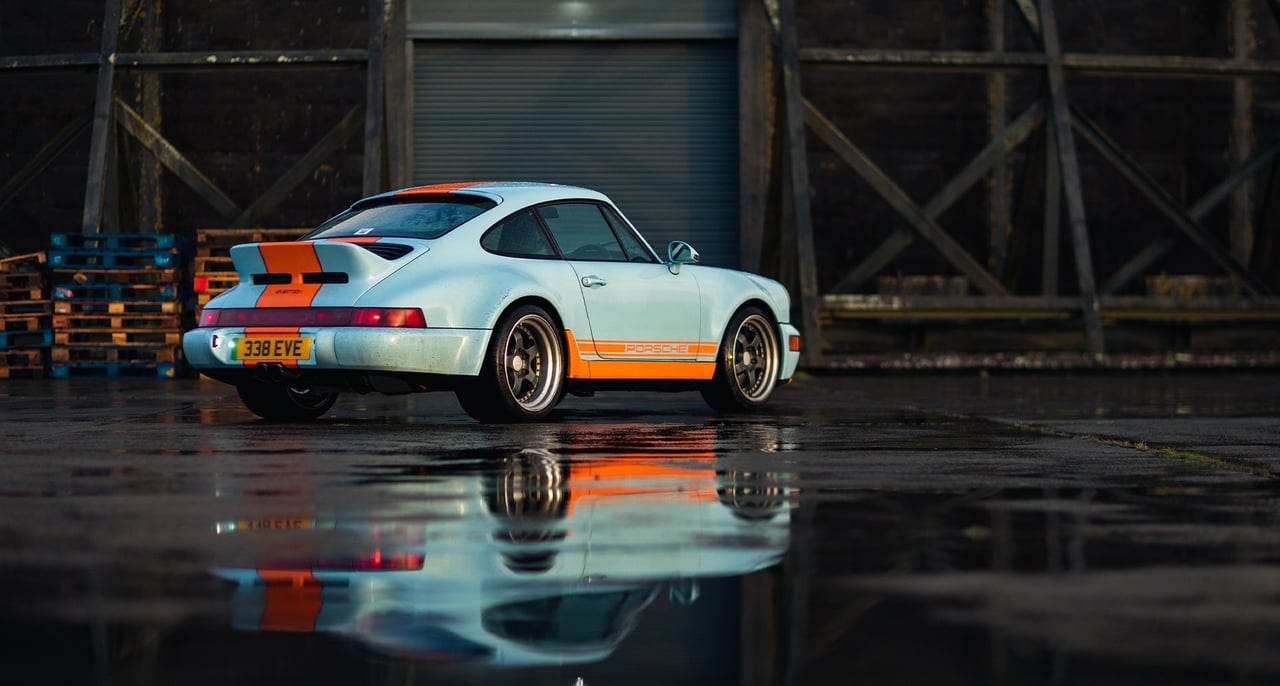
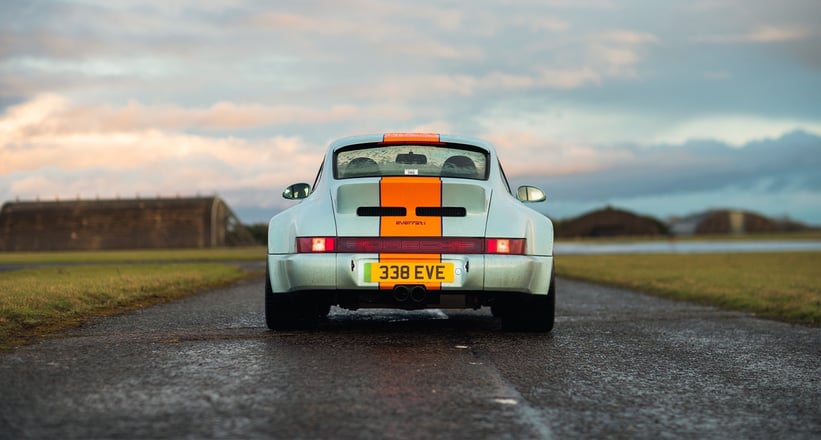
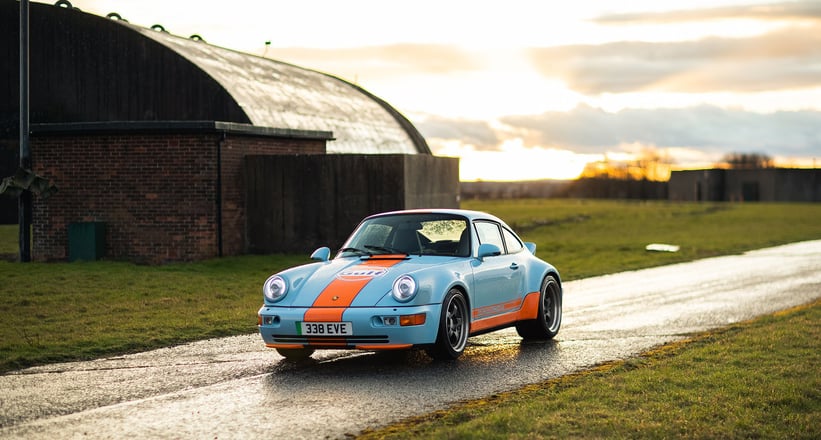
Appearance wise, all but a true 911 die-hard would struggle to deny that the wide-bodied Everrati version looks superb - even if those twin, mid-mounted tailpipes are 'pretend' units designed to lend extra authenticity to the synthesised exhaust note that can be switched on and off depending on the driver's mood.
The car's livery is significant, too, because it marks-out Everrati as being the only electric vehicle manufacturer in the world to have been granted official permission to use the famous colours of Gulf Oil, which sees the firm as a worthy promoter of its growing range of EV lubricants.
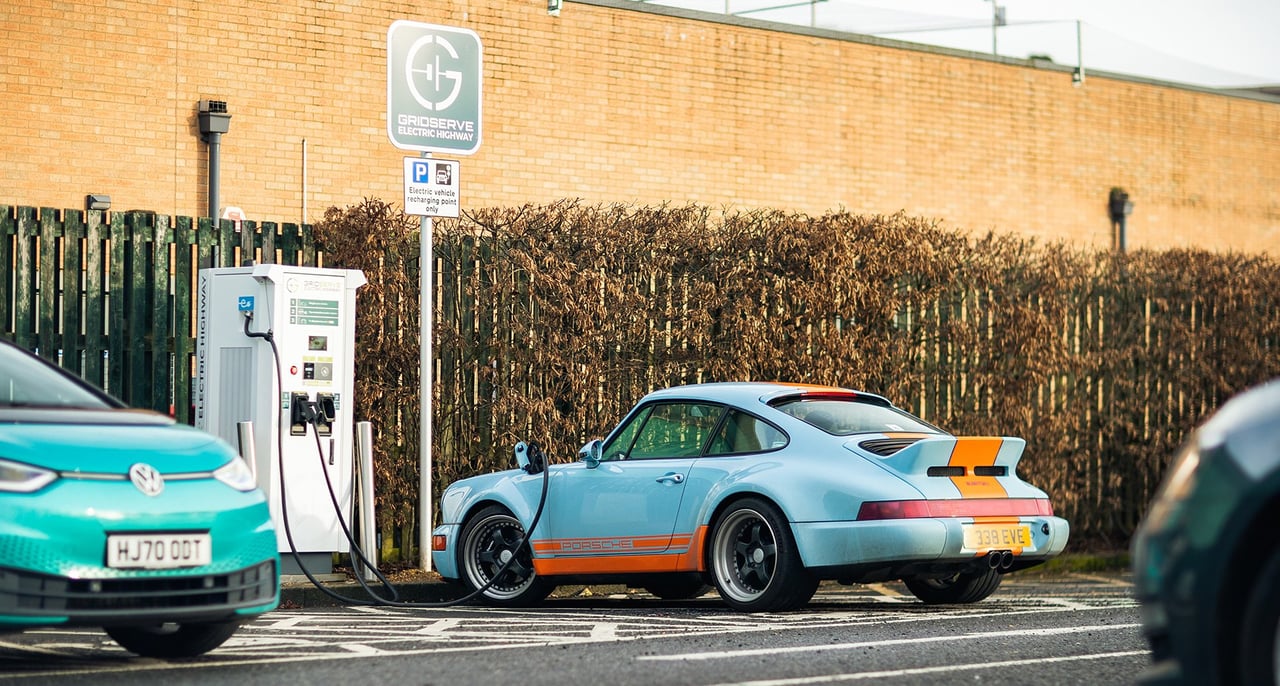
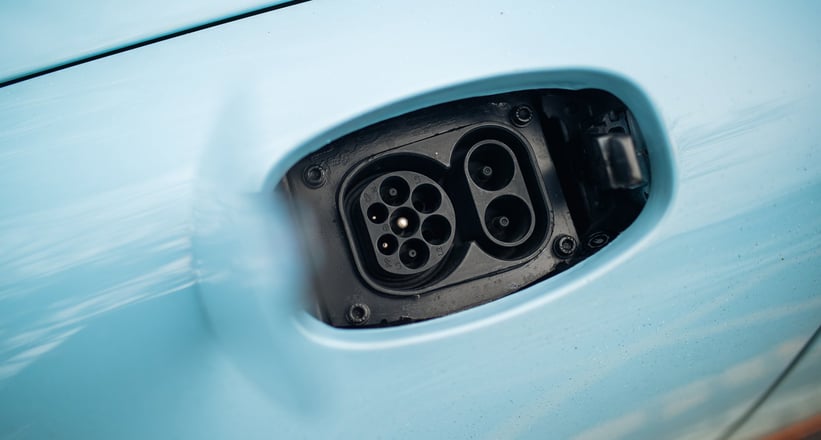
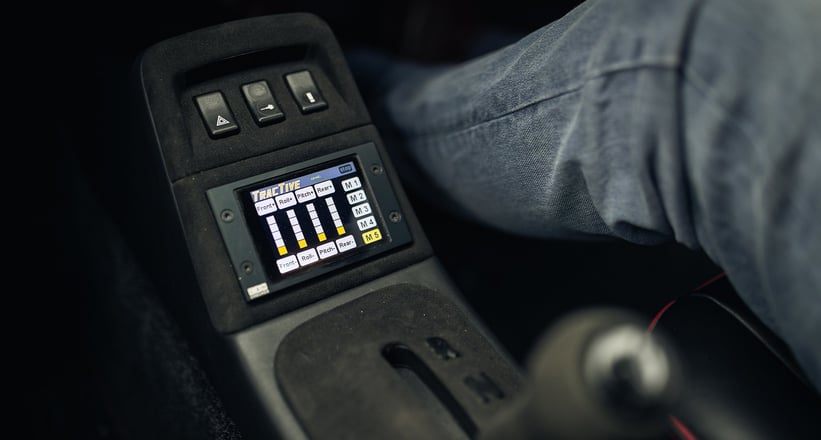
But while the celebrated 'blue and orange' certainly caught the eye of many 911 fans while out on the road, it was the electric car owners we met at the charging station who performed the most double-takes when we pulled up, opened the wing-mounted fuel flap and nonchalantly plugged-in.
"That's spectacular," said the owner of a VW iD3. "I had no idea Porsche made an electric 911."
"It doesn't," I responded. "But if you drove this one, you'd be forgiven for thinking it had been built by Stuttgart...."





























